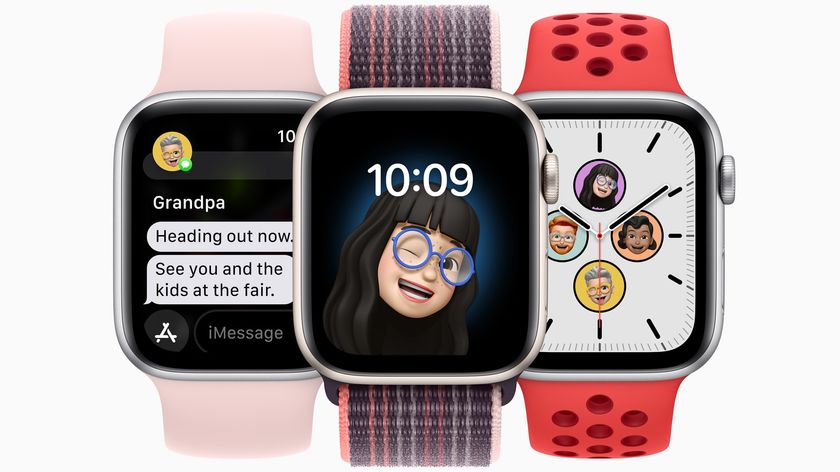Apple Watch and the story of ceramics
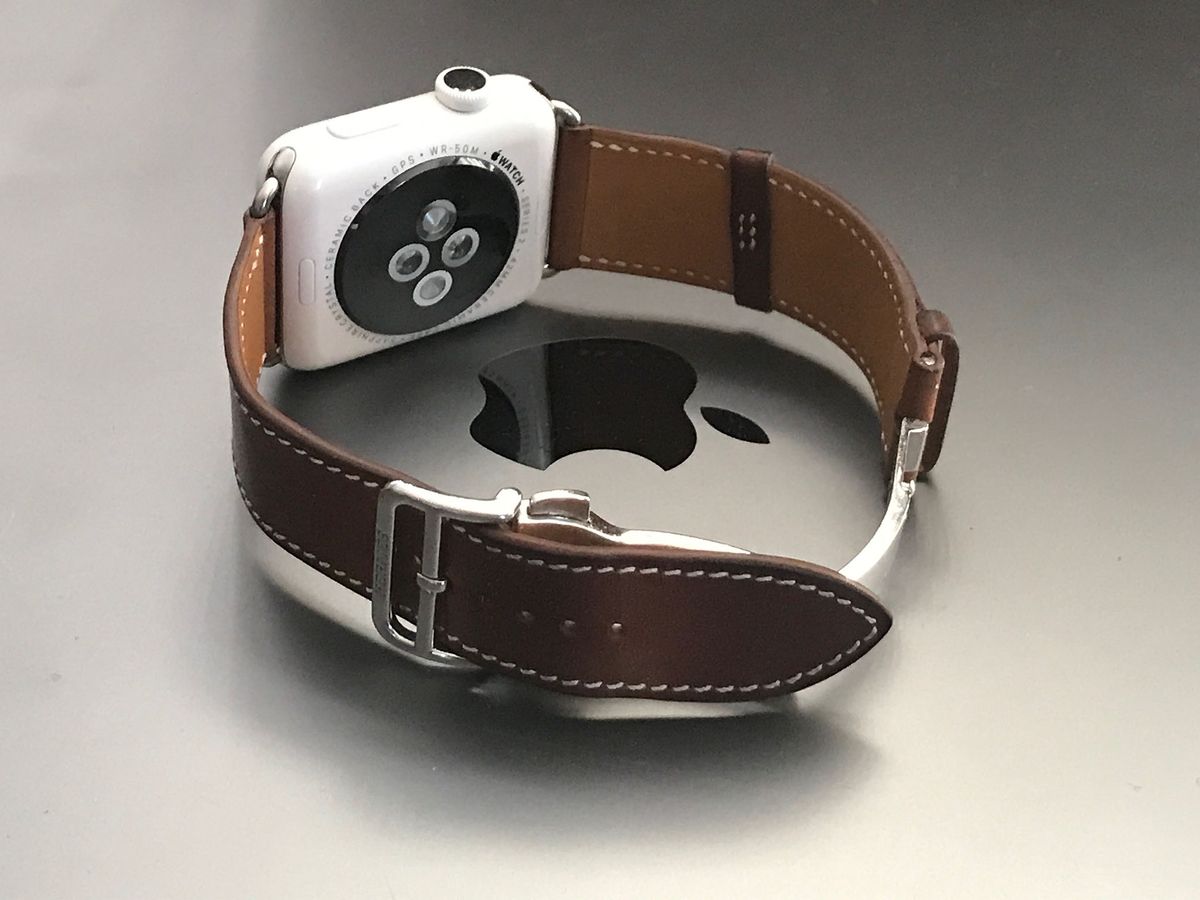
Apple's product line has evolved through a number of significant material advancements over the decades. Early Apple I computers were cased in wood. German designer, Hartmut Essligner ushered in the iconic, 'Snow White' design language of the original Mac with the Apple IIc. That off-white, injection moulded plastic look endured in the Mac line for nearly two-decades, until it was supplanted by the candy-coloured iMac that was inspired, in part, by the success of Swatch watches. The company then started to dabble in metals like steel, titanium, and aluminum for the enclosures of its iPods, PowerBooks, and the venerable Mac Pro.
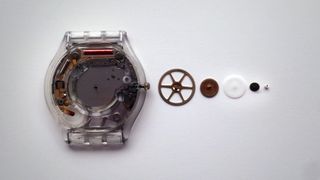
The breakthrough product that laid the foundation for the aluminum dominated era of Apple products we are presently in was the MacBook Air. Milled from a solid block of aluminum, its unibody design achieved with one single component what had previously required dozens of components and delivered it in a package that was unbelievably thin and remarkably strong. According to Doug Satzger1, former Creative Lead of Apple's Industrial Design team, in the years leading up to the release of the MacBook Air, "We started researching watch companies just to understand machining metals, finishing metals, product assembly."
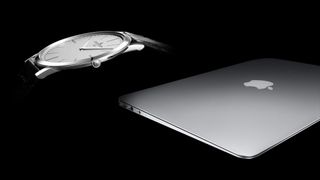
It's no secret that Jony Ive and crew admire and draw inspiration from the craft of watchmaking. Shortly after unveiling Apple Watch to the world, in an interview with the Financial Times, Ive expressed, "We're a group of people who love our watches. So we're working on something, yet have a high regard for what currently exists." Shelves in the Industrial Design Studio house books that are dedicated to watches. In 2013 Jony Ive and Marc Newson (now also a designer at Apple) collaborated on a watch with the 180 year old Swiss brand, Jaeger-LeCoultre. Newson himself is cofounder of Ikepod Watches, whose innovative strap designs had a pronounced influence on the straps of the Apple Watch.

A set of premium watchmaking tools, hand-picked by Jony Ive and Marc Newson for an auction they curated for Sotheby's.
Enter Ceramic
Given the influence of the watch industry on the company's industrial design, it seems fitting that Apple's exploration of a new class of materials, beyond plastic, aluminum, and other metals, would begin with the Apple Watch. That new class of material being ceramic.
Ceramic has been in the Apple Watch line from day one. It debuted first as the back cover for the steel Apple Watch and gold Apple Watch Editions, housing the heart rate sensors while simultaneously providing a durable, passive surface through which the watch could be charged inductively. Two years later, with the announcement of Series 2, the Apple Watch Edition went full ceramic.

Full ceramic is a notable distinction for a watch. Few watch companies bother attempting to make the entire outside of a watch from ceramic. Rado was one of the first companies to introduce the use of ceramics in watches back in the 1960s. Most of their ceramic watches employ steel, titanium, or plastic for part of the case and the entire caseback. The same remains true for most watch brands who offer ceramic timepieces. It was only relatively recently that Rado began to do away with the need for a metal core, beginning with the True Thinline in 2011. One of the only other watch brands to boast a fully ceramic case is Rado's big brother, Omega. Both brands are owned by the Swatch Group and both have benefited from the material advancements coming out of Swatch's research and development arm, Asulab.
Master your iPhone in minutes
iMore offers spot-on advice and guidance from our team of experts, with decades of Apple device experience to lean on. Learn more with iMore!
The Upside of Ceramic
Ceramics are a really broad class of material and not all ceramics are created equal. The particular flavour of ceramic Apple has chosen does a good job of balancing hardness and impact resistance, while looking great doing it.
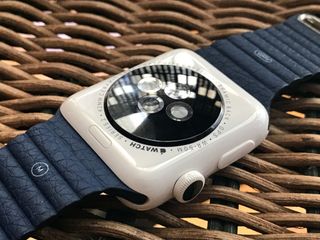
The ceramic for the case of the Series 2 Apple Watch Edition is composed of aluminum oxide, zirconium, and yttrium oxide. Aluminum oxide provides scratch resistance, zirconium brings resilience, and yttrium oxide adds stability. The sapphire crystal protecting the screen of the Apple Watch Edition is a form of transparent ceramic that is more or less pure aluminum oxide. Coupled with the fully ceramic crown, the entire outer surface of the watch is pretty much impervious to scratches, dings, dents, or discolouration. After years of daily use, it's likely it will still look as good as the first day it came off of the production line.
Ceramic is also radio-transparent. This means that radio chips, like those for Bluetooth, GPS, or WiFi, can get greater coverage using less energy. It also renders the contrasting black circle on the back of the watch less necessary and Apple could, in the future, ship a watch with a more seamless case back of one solid colour.
The Downside of Ceramic
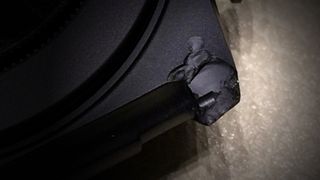
Ceramic's Achilles' heel is that it can crack or chip if dropped or hit hard enough. In traditional ceramic watches, this kind of damage primarily tends to occur along sharp edges or where the ceramic is thin. As already mentioned, the zirconium-based ceramic that Apple is using helps provide some resilience against impacts. In addition to this, an argument could be made that the physical shape of the Apple Watch makes it the most impact resistant, ceramic watch on the market. Its rounded shape will help to distribute the force impacts and objects that do hit it are likely to glance smoothly off its glassy, white surface. There are no exposed, thin edges. Cutouts in the case to accept the strap that might otherwise be susceptible are subtly chamfered and reinforced when the strap is in place. The Apple Watch case plays well to ceramic's strengths while mitigating its one weakness.
That said, it would be nice to see Apple eventually introduce a folding clasp option for the Apple Watch Edition, which would serve up an added layer of security. Drops resulting in damage to ceramic watches tend to happen when undoing or doing up a strap while standing over a hard surface like tile floor, which happens to be a common floor treatment in washrooms and locker rooms where watches are frequently put on or removed. A folding clasp connects the two sides of the strap into one continuous loop that makes it harder to drop the watch when taking it on or off your wrist.

Looking Ahead
Is ceramic the next big step in Apple's product evolution? Could there be a ceramic iPhone in Apple's future? It's feasible, but given that that the material literally needs to be machined with diamonds, in the short-term it's unlikely beyond an iPhone Edition.
1From an interview with Leander Kahney in 'Jony Ive: The Genius Behind Apple's Greatest Products'
Jon services and restores mechanical timepieces. He has worked on Kello, a mechanical watch analyzer for iOS, and Twixt Time, a watch and clock accuracy analysis tool for iOS.


